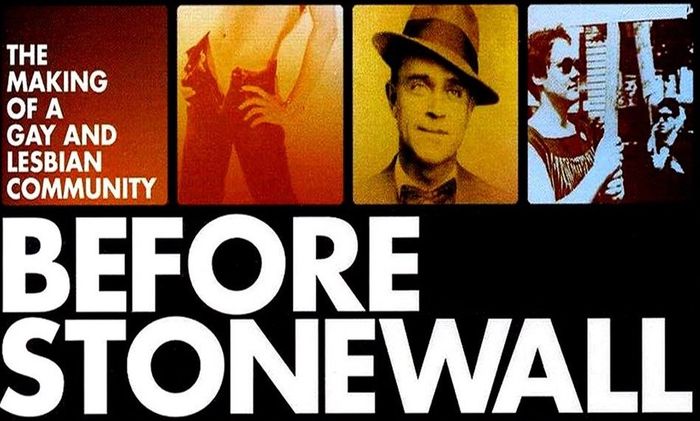Can Intimate Scenes in Cinema Ever Be More Than Just The Male Gaze?
After Keira Knightley spoke out about sex scenes in cinema, Isabella Woolston considers intimate scenes in films within the broader context of the male gaze.
In discussion with The Farewell director Lulu Wang, acclaimed actress Keira Knightly recently expressed the desire to no longer film sex scenes for male directors. This has led to renewed interest in the gendered dynamic behind the camera, especially surrounding the male gaze. Such discussions were originally spurred by the #MeToo movement, as several high-profile directors and producers were exposed for the sexual assault and misconduct that their positions enabled. At the time this led to positive change with the addition of intimacy coordinators to act as a go-between for actors and directors, however Knightley’s renewed argument begs the question: Is this enough or is the male gaze undefeatable?
“If sex scenes were removed, would you notice?”
A significant example of the male gaze putting actresses in an exploitative situation are the actions of Abdellatif Kechiche while filming Blue is the Warmest Colour. This 2013 adaption of the acclaimed lesbian graphic novel was revealed by the production team to have repeatedly broken the labour code, with unpaid overtime and harassment from the director. More pointedly, in the wake of the film winning the Palme d’Or at the Cannes Film Festival, both lead actresses Léa Seydoux and Adèle Exarchopoulos spoke about the intense and voyeuristic atmosphere Kechiche created while directing the sex scene between them. This scene completely lacked any choreography and took ten days to film, with Exarchopoulos admitting that “once we were on the shoot, I realized that he really wanted us to give him everything”. On top of this, the film was criticised for being borderline pornographic in its unrealistic portrayal of lesbian sex, with the non-binary lesbian author of the graphic novel, Jul Maroh, stating “this was what was missing on the set: lesbians”.
Since 2013 progress has been made, yet as Knightly admits many sex scenes still “portray the male gaze”. Movements away from this have been more positive with actresses being given agency in the scenes they work on either through clearer communication or with the aid of an intimacy coordinator. Notably Ammonite (2020) saw director Francis Lee step back and allow his leading actresses Kate Winslet and Saoirse Ronan to choreograph their intimate scene together. This dynamic was crucial in keeping the actresses comfortable and letting them build on the connection between their characters. Francis Lee’s direction is interesting to consider when exploring the male gaze. As a gay man, Lee is not in the position to fetishise his actresses, unlike Kechiche. This arguably sidesteps the heteronormative part of the male gaze that explicitly views anyone who is not cis male as a sex object, however it is also indicative of Hollywood’s lack of an effort to address the problem by actually giving opportunities to female directors, particularly women of colour.
“If Hollywood remains a male-dominated environment, then directors need to be ready to evolve.”
Knightley’s interview also highlights the need to think critically about the necessity of these scenes. Are they simply there for a male audience’s viewing pleasure, or do they actually contribute something significant to the plot? If they were removed, would you notice? Other actors and actresses have started applying this rule to their work, with Rachel Weisz only agreeing to the acclaimed scene in Disobedience (2017) as it felt “integral” to her. The approach taken by director Sebastien Lelio to avoid gratuitous nudity and instead focus on the intense emotion of the moment demonstrates both his skill and also sensitivity towards underrepresented experiences. This shouldn’t be rare. If Hollywood is going to insist on remaining a male-dominated environment, then directors need to be ready to evolve.
The easiest way to remove the impact of the cis white male gaze would be to give more opportunities to any other directors. This is vital as it allows for people with the lived authentic experiences that male directors clunkily exploit to exert some agency over how they are seen on screen. Movements towards this can only ever be a good thing, as seen by the art that has recently been produced. From Céline Sciamma’s Portrait of a Lady on Fire (2019) empowering the female gaze in the arts, to Angela Robinson’s Professor Marston and the Wonder Women (2017) portraying a unique yet equal and passionate polyamorous relationship, I believe we are slowly gaining more distinctive stories that explore sexual relationships with the care and dedication they deserve.
 News / Cambridge academics stand out in King’s 2026 Honours List2 January 2026
News / Cambridge academics stand out in King’s 2026 Honours List2 January 2026 Interviews / You don’t need to peak at Cambridge, says Robin Harding31 December 2025
Interviews / You don’t need to peak at Cambridge, says Robin Harding31 December 2025 Comment / What happened to men at Cambridge?31 December 2025
Comment / What happened to men at Cambridge?31 December 2025 News / AstraZeneca sues for £32 million over faulty construction at Cambridge Campus31 December 2025
News / AstraZeneca sues for £32 million over faulty construction at Cambridge Campus31 December 2025 Features / “It’s a momentary expression of rage”: reforming democracy from Cambridge4 January 2026
Features / “It’s a momentary expression of rage”: reforming democracy from Cambridge4 January 2026










